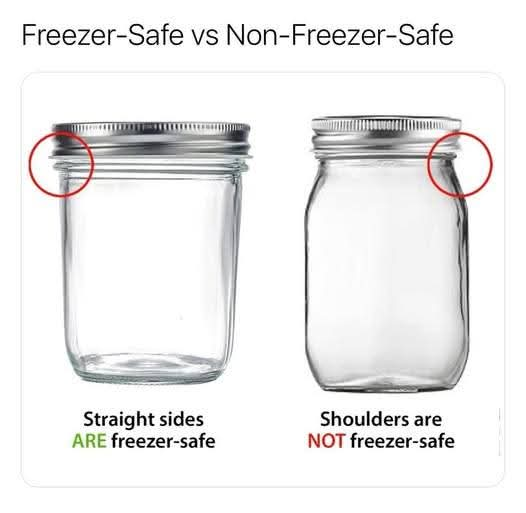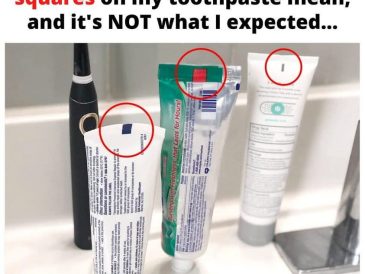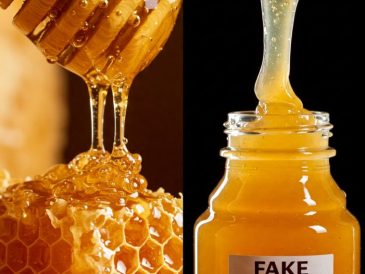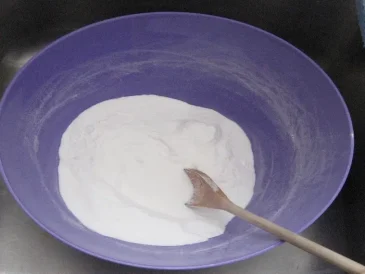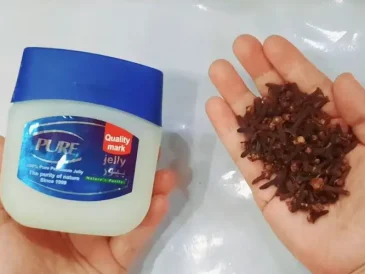🧊 Freezer-Safe vs Non-Freezer-Safe: What You Need to Know
Freezing is one of the easiest and most effective ways to preserve food, but not all containers and materials are designed to handle the extreme cold of a freezer. Using the wrong type can lead to cracks, freezer burn, food contamination, or even ruined meals. Let’s break down the difference between freezer-safe and non-freezer-safe items, and how to choose the right ones for your kitchen.
✅ What Does Freezer-Safe Mean?
A container or packaging labeled freezer-safe has been tested to withstand low temperatures (down to -18°C / 0°F or colder) without breaking, warping, or releasing harmful chemicals into your food.
Freezer-safe containers and materials should:
- Stay durable and not become brittle when frozen.
- Form a tight seal to prevent freezer burn.
- Be made from food-grade, non-toxic materials.
Examples of freezer-safe options:
- Heavy-duty plastic containers (BPA-free)
- Freezer bags (thicker than regular storage bags)
- Glass containers labeled freezer-safe (often tempered glass)
- Aluminum foil (when wrapped tightly around food)
- Silicone containers
❌ What Is Non-Freezer-Safe?
Containers not marked as freezer-safe may look fine at first, but freezing can cause them to crack, warp, or leach harmful substances. They often fail to protect food from freezer burn or ice crystals.
Risks of using non-freezer-safe items:
- Plastic containers may shatter when frozen.
- Thin plastic bags can tear easily, letting air and moisture in.
- Non-tempered glass can crack or explode in extreme cold.
- Poor sealing leads to freezer burn and food waste.
Examples of non-freezer-safe items:
- Cheap takeout containers (most are too thin)
- Regular sandwich bags
- Jars not labeled freezer-safe (risk of cracking)
- Some plastics that become brittle when cold
🍲 Tips for Freezing Food Safely
- Leave room for expansion: Liquids expand when frozen, so never fill containers to the brim. Leave about 1 inch of space at the top.
- Cool before freezing: Avoid placing hot food directly in the freezer, which can damage containers and raise freezer temperature.
- Label and date: Use a marker to write contents and date on your container or bag for easy tracking.
- Wrap properly: For meats or baked goods, wrap tightly in freezer paper or foil before placing in a freezer bag.
- Stack smartly: Use flat freezer bags for soups or sauces to save space and speed up thawing.
🧾 Quick Comparison
| Feature | Freezer-Safe ✅ | Non-Freezer-Safe ❌ |
|---|---|---|
| Durability in cold | Strong & stable | Brittle & breakable |
| Food safety | Non-toxic | May leach chemicals |
| Protection | Prevents freezer burn | Poor sealing |
| Lifespan | Reusable, long-lasting | Short-term only |
✨ Final Thoughts
When it comes to freezing, the container you choose is just as important as the food itself. Investing in freezer-safe containers not only protects your meals but also saves you money by reducing waste. If it’s not clearly labeled freezer-safe, it’s better not to risk it!

